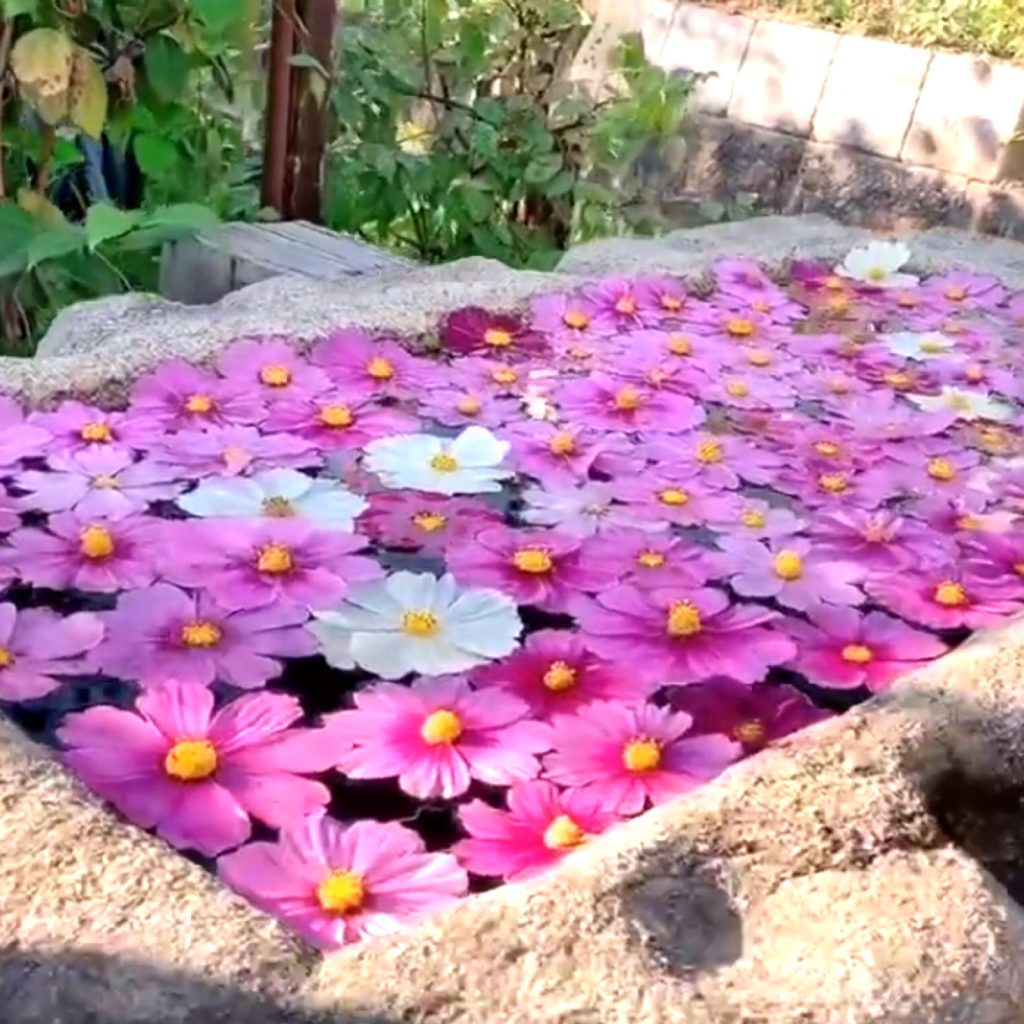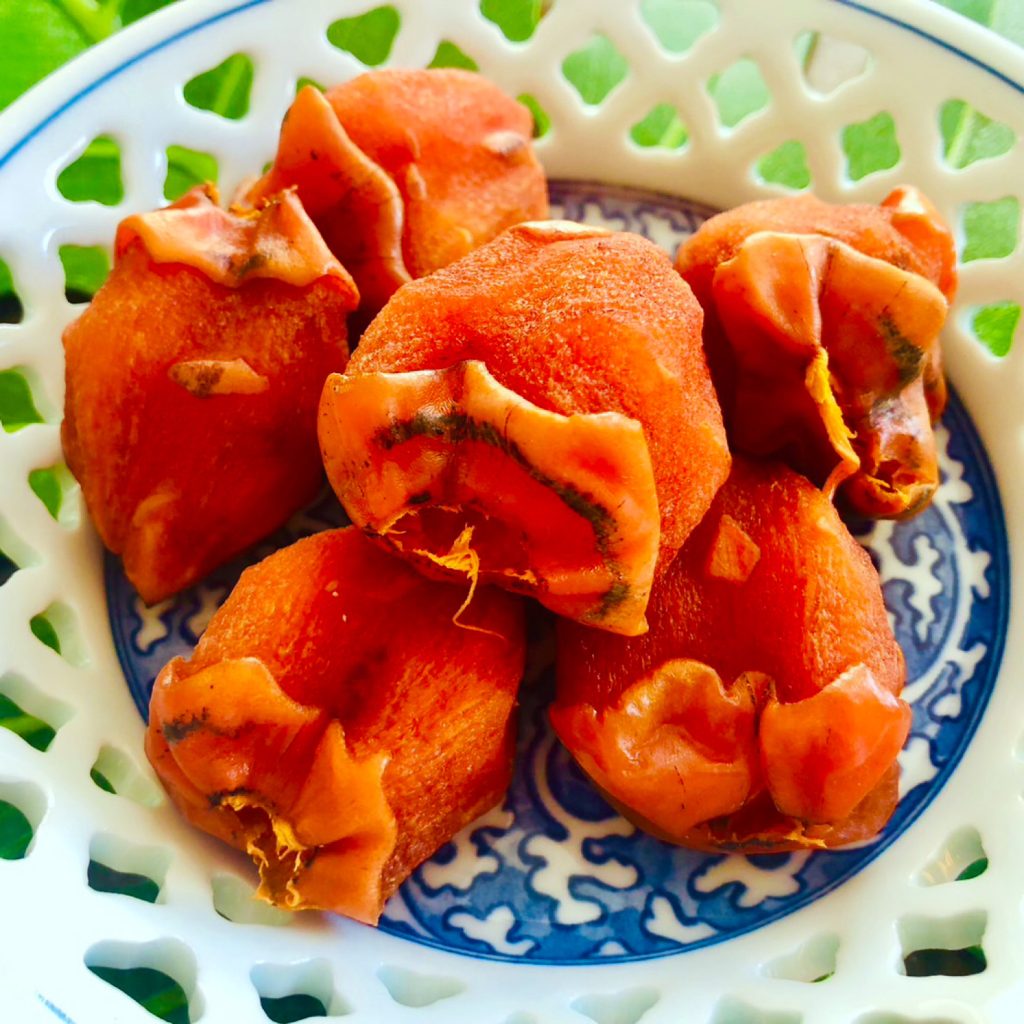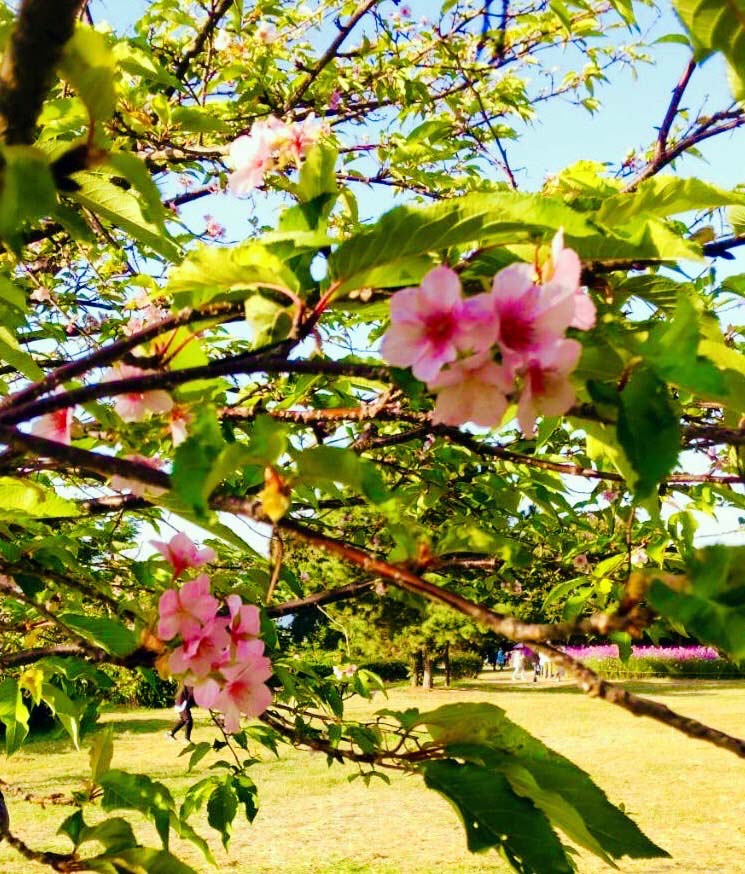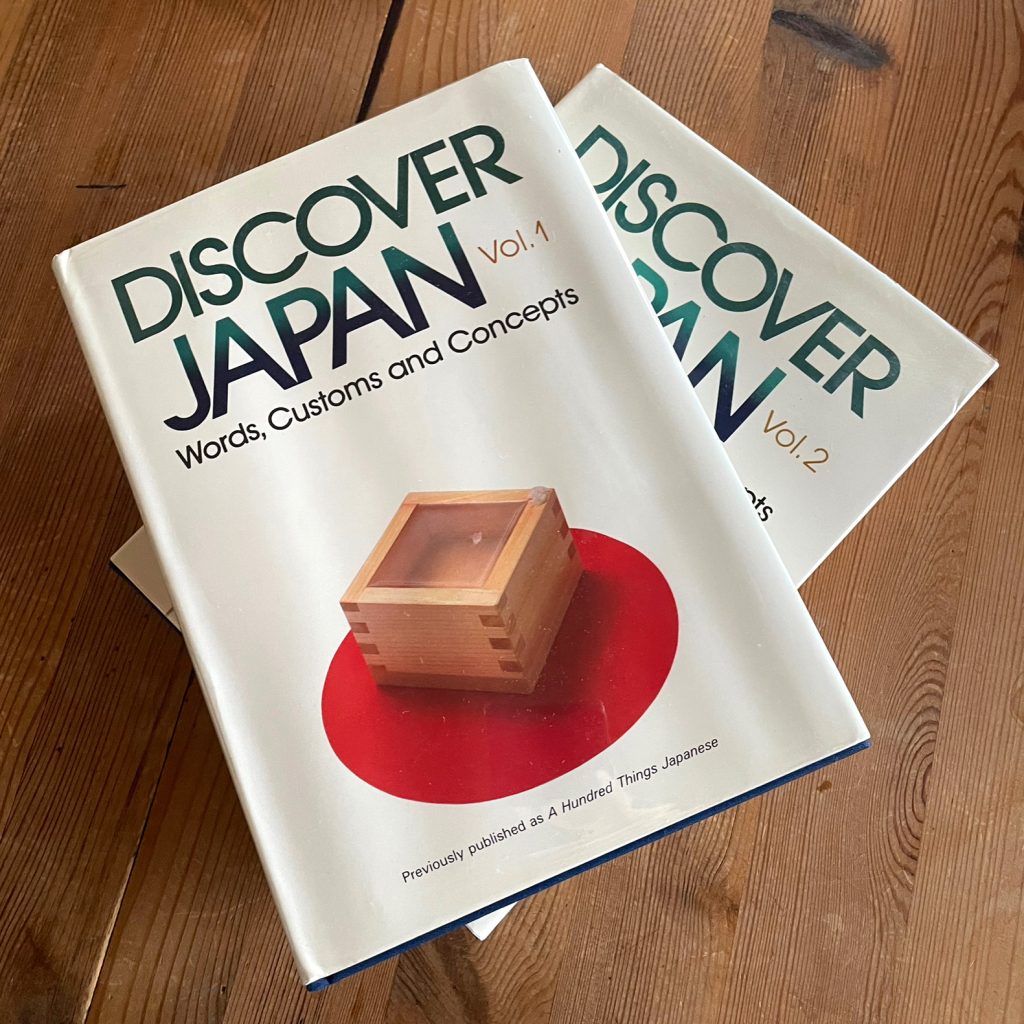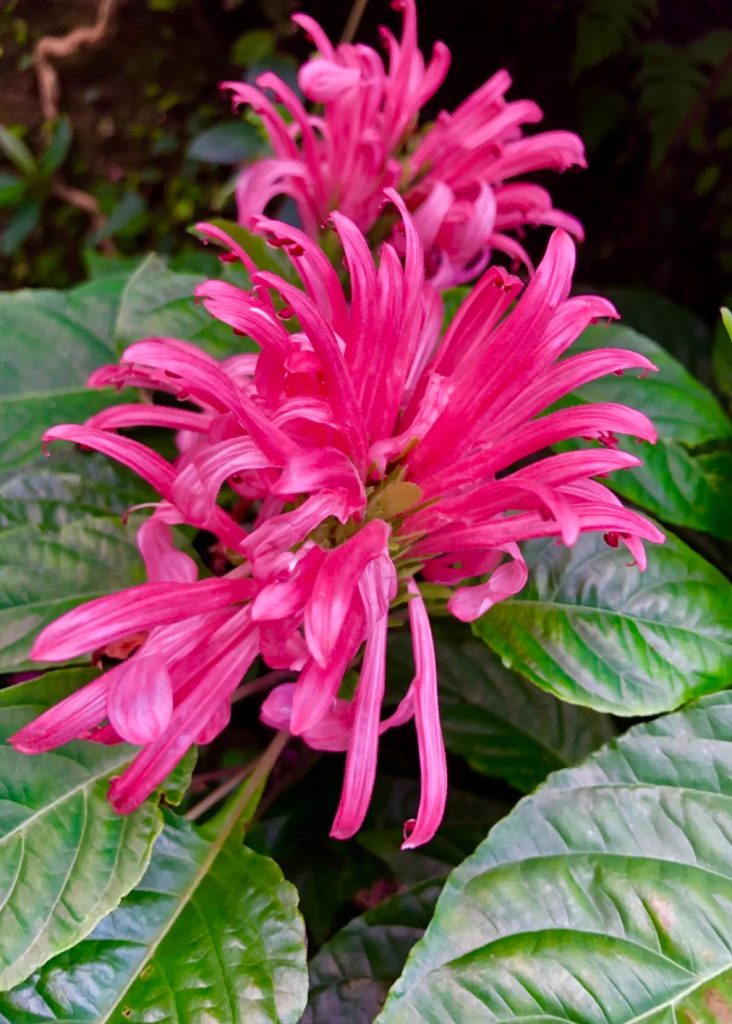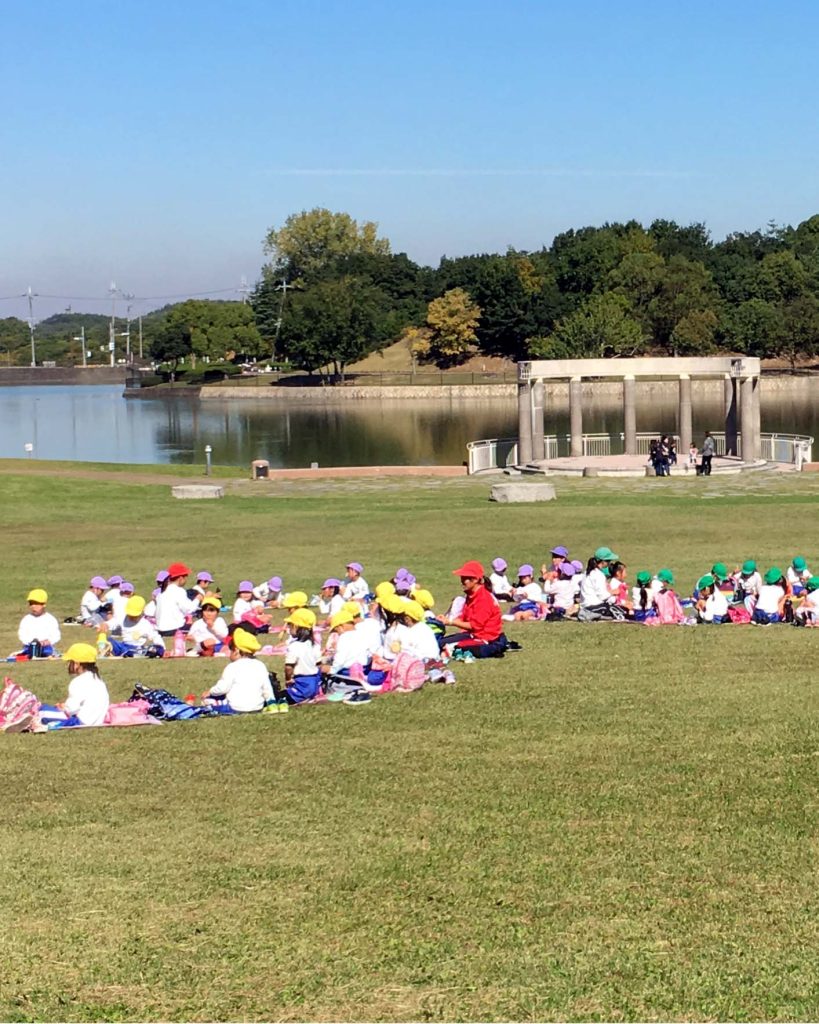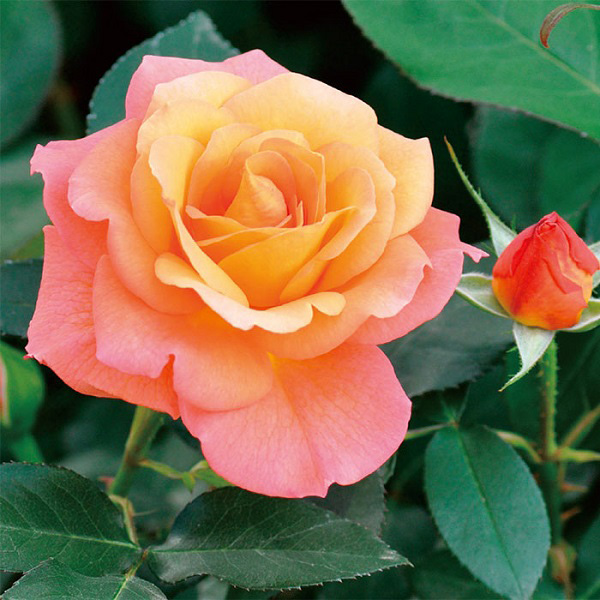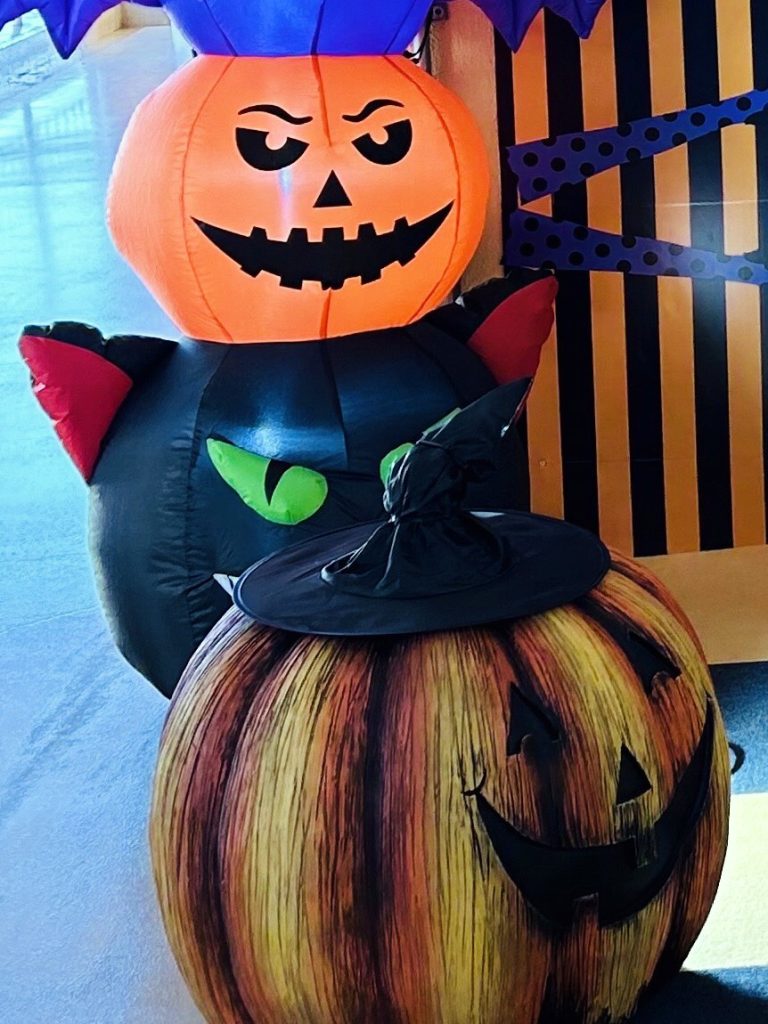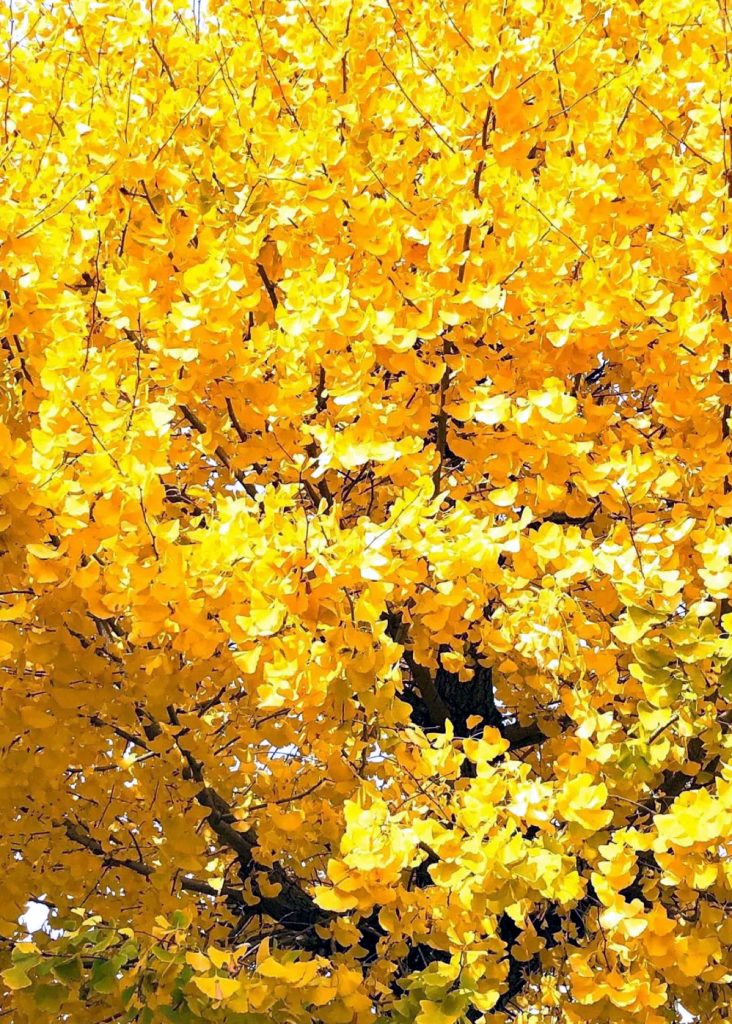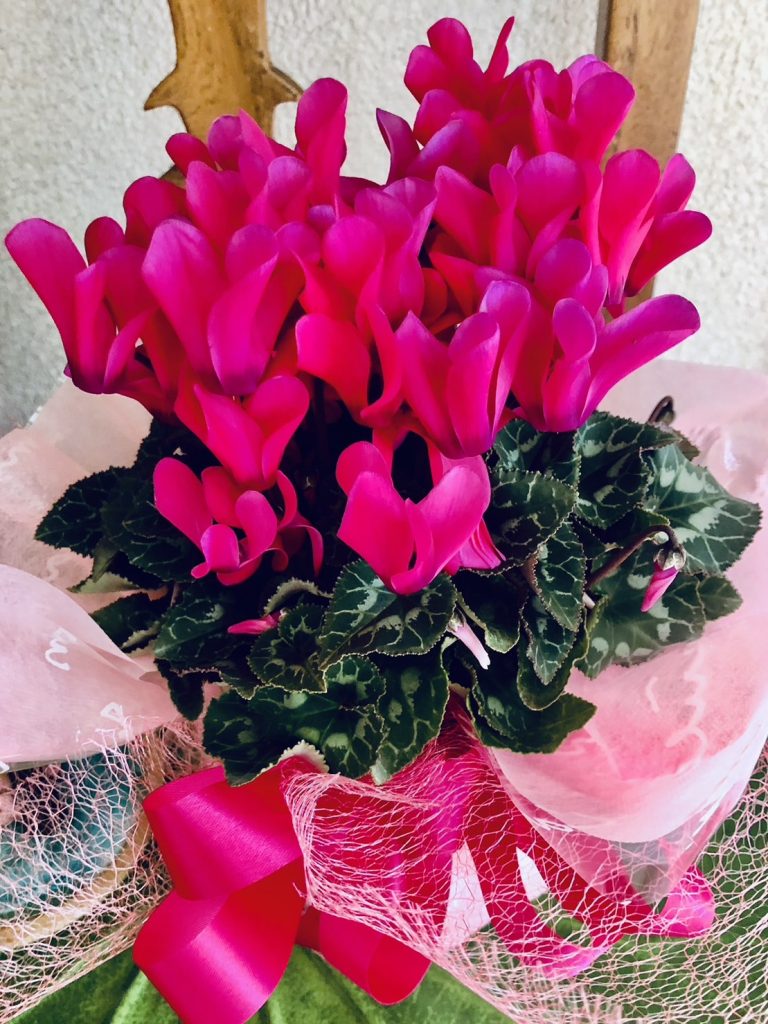
Cyclamen and poinsettia are beginning to line up in front of the flower shop. I feel the approaching Christmas and New Year. The rapid change of seasons makes me feel anxious. I can’t remember what it was like when I was young, but I don’t think I was ever so rushed. I bought a cyclamen that burns bright red, but I can’t even remember why. I don’t even understand myself. In the well-known ‘Scent of Cyclamen,’ there are pure white cyclamen, pale pink cyclamen, and pale purple cyclamen, but there is no mention of bright red cyclamen. Is it safe to say that longing, love, and heart-wrenching farewells are now foreign to the elderly? I wondered while gazing at the bright red cyclamen, what kind of scene it would appear in if a bright red cyclamen were to make an appearance.
花さんにシクラメンとポインセチアが並び始めました。クリスマスとお正月が間近に迫ってきたことを実感します。季節の移り変わりの早さに焦りさえ感じます。若い頃はどうだったのか、もう思い出せもしませんが、こんなにせっつかれる様なことはなかったと思います。真っ赤に燃え上がる様なシクラメンを買いましたが、何を思って買ったのでしょう。自分にも分かりません。例の「シクラメンのかおり」には、真綿色した真っ白なシクラメン、うす紅色のシクラメン、うす紫のシクラメンは登場しますが、真っ赤なシクラメンは出てきません。憧れ、恋をし、切ない別れはもう老人には無縁と言う事でしょうか。真っ赤なシクラメンが登場するとしたら、どう言う場面に登場するのだろうかと、真っ赤なシクラメンを眺めながら、いろいろと思いを巡らしました。

